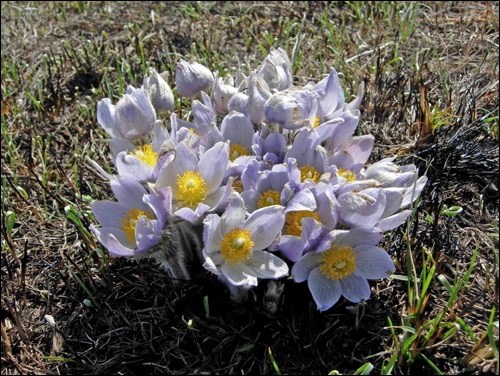This is the perfect time to begin to plan for spring. Now is the time to get planning and plan on April, May and June to be filled with a floriferous crop of spring flowering bulbs.
Spring flowering bulbs must be planted in the fall to allow the bulb to develop a good root system. These bulbs also need a cold period (winter) in order to allow their flowers to fully develop. For best results plant them well before our ground freezes. Now would be great.
When purchasing bulbs, it is important to remember that this is one instance when you truly get what you pay for. The larger bulbs of each flower type will without fail give you a better product. Take time to examine the flesh of the bulb as it should be smooth and free of any blemishes. Your favourite garden centre should have plenty of stock in now that will ensure you can enjoy the latest bulbs of your dreams come spring.
Bulbs should be planted in an area that is well-drained. (This is especially true this year!) The soil should be free of weeds and dug to a depth of about 12 inches (30cm). If your soil is a heavy clay soil, incorporate equal portions of coarse sand and a suitable organic matter like compost. A good rule of thumb is to incorporate a good four to six of organic matter prior to planting. Apply a standard bulb booster fertilizer (9-9-6) or bone meal at planting time to encourage a vigorous and healthy root system.
The planting depth will vary for each type of bulb, but a good rule of thumb is to plant the bulb to a depth of three to four times the width of the bulb. Therefore, if you are planting a tulip bulb that is two inches wide, it should be planted eight inches deep. After planting, water the soil thoroughly and mulch the surface with leaves or grass clippings to a depth of two inches.
When planting spring bulbs, you will get the best impact if you group the same type of bulb together. The bigger the grouping the larger will be the impact. Most spring flowering bulbs are low in stature. What that means from a design perspective is that they should be planted at the front of the border but also somewhere that enables you to enjoy the show on a regular basis. Spend a bit of your fall in the garden planning for spring, plant some spring flowering bulbs and enjoy the grand show in the spring!
The following bulbs will help you in this process:
Scilla siberica (Squill) – deep blue or white in colour, four to six inches in height;
Crocus chrysanthus (snow crocus) – available in all the traditional colours, three to four inches in height;
Tulipa tarda (tarda tulip) – yellow flowers with white tips, three to six inches;
Fritillaria pallidiflora (Siberian fritillary) – larger pale greenish-yellow blooms with a bluish leaf, 12 – 16 inches in height;
Tulipa spp. (hybrid tulips) – huge selection of colours, heights and flowering time. The Darwin or cottage type tulips are the most reliable on the prairies;
Narcissi spp. (daffodils) – many selections to choose from, like King Alfred – the tall, traditional, yellow trumpet daffodil that truly means spring
Next week, read all about how to design a stunning array of spring flowering bulbs in your garden!



